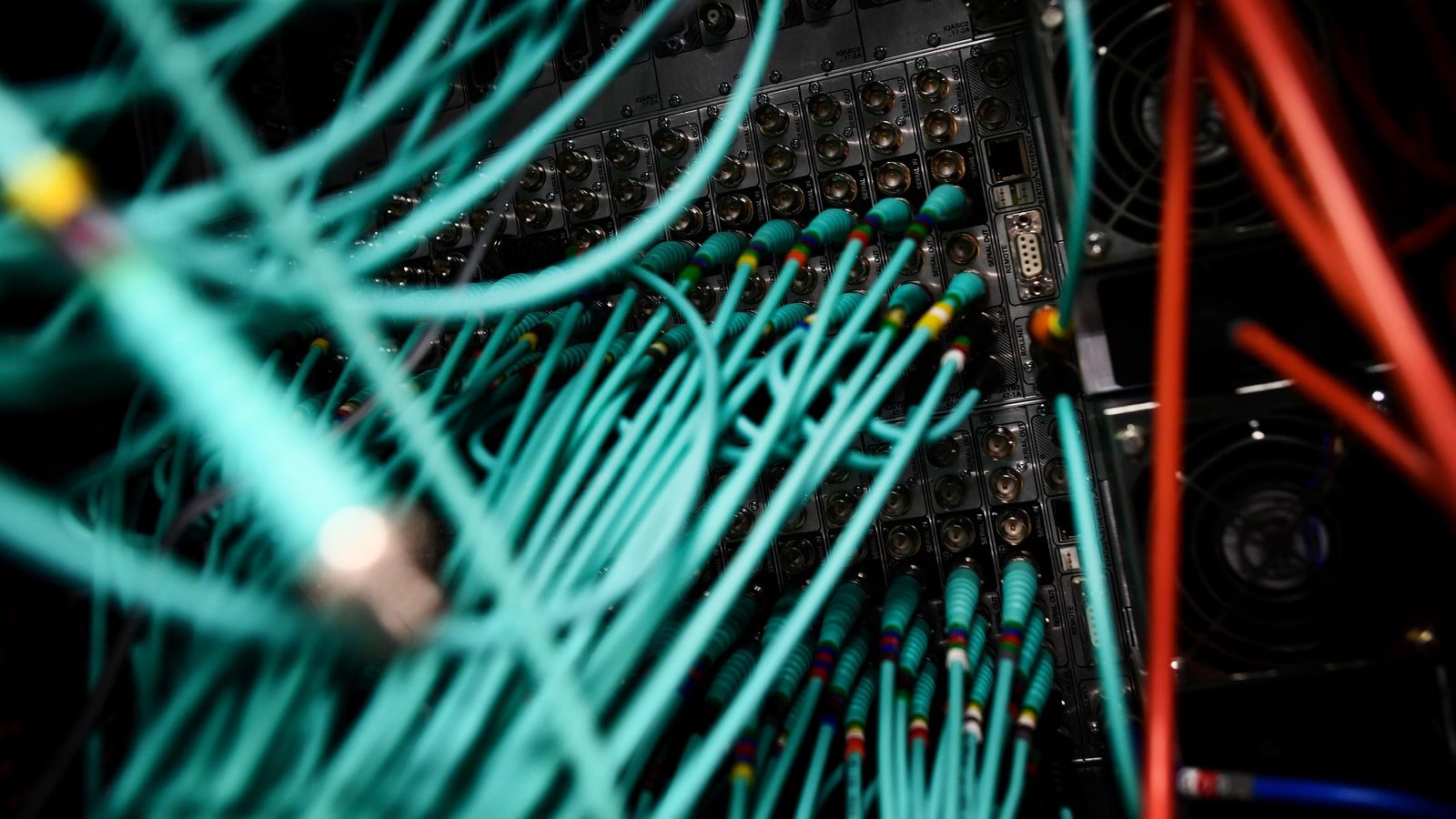The demand for electricity to power data centers worldwide is expected to double in the coming five years, according to the International Energy Agency (IEA). This surge is largely due to the increasing use of AI models and cloud computing services, which already consume more electricity annually than the entire United Kingdom. The growth in demand is expected to concentrate in areas with high levels of technological and population concentration, and this could strain utility providers, grid systems, and the environment.
Executive director of the IEA, Fatih Birol, highlights AI as a major factor in today’s energy landscape. In the United States, data centers are poised to account for nearly half of the rise in electricity demand, with similar patterns in Japan and significant impacts in Malaysia.
In the US alone, data centers are predicted to consume more electricity by 2030 than the manufacturing of energy-intensive products such as aluminum, steel, cement, and chemicals. Despite these challenges, the IEA anticipates that AI could play a crucial role in managing future energy demands, improving data center efficiency, and advancing the development of cleaner electricity sources.
Two significant shifts have contributed to AI’s power consumption needs: the cost of computing has dropped by 99% since 2006, and the demand for computational power used in training and running AI models has increased astronomically over the past decade. However, the rapid growth in AI development may lead to an increase in carbon emissions and water usage for server cooling if not managed properly.
Energy providers in America are facing difficulties in meeting the growing power needs of data centers, with about half of major providers having received requests for power levels exceeding their current peak demand capacities. This situation introduces uncertainty in the IEA’s projections for AI energy demand, particularly with the implementation of tariffs by former President Donald Trump, which could disrupt data center and AI developments both locally and internationally.
Countries embracing AI advancements may need to significantly expand their electricity generation. The pace of this growth, as well as improvements in data center efficiency and AI model efficiency, is uncertain. The effects of tariffs on China could limit access to necessary materials for renewable energy infrastructure in the US, possibly slowing down the transition to low-carbon generation. However, this situation could potentially favor China’s clean energy industry if US tariffs limit trade in these technologies.
Source: https://news.sky.com/story/amount-of-electricity-needed-to-power-worlds-data-centres-expected-to-double-in-five-years-13345515








